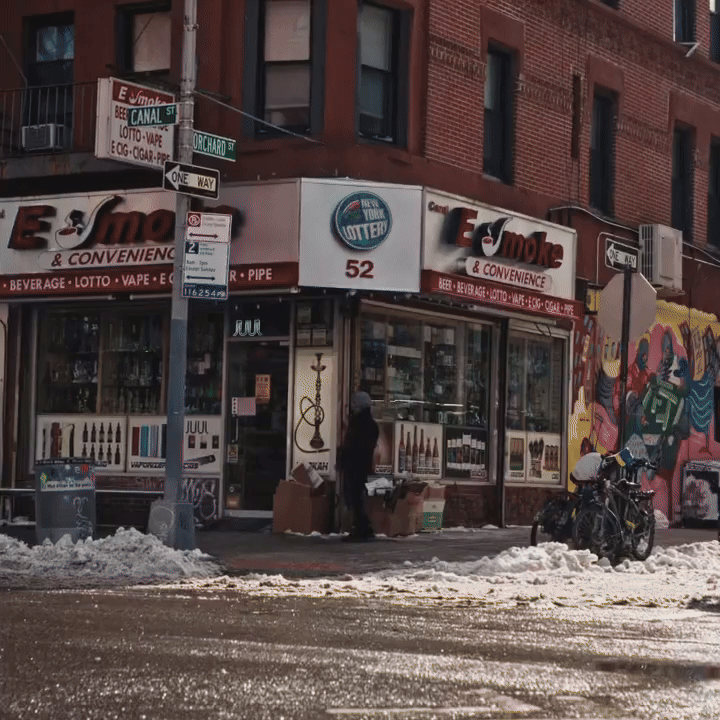Hidden NY: The Most Elusive Brand
The Behavioral Science of Scarcity and Exclusivity
Started in September 2018 with the tagline “Past, Present & Future,” Hidden NY began as a simple Instagram account curating streetwear, fashion, and art. With over 2 million followers, it proved that you don’t need a website or a store to build a movement.
The name “Hidden” isn’t just aesthetic—it’s a philosophy. The brand is intentionally secretive; its founder remains anonymous, known only as a twenty-something based in New York.
Even their drop method is hidden.
They never announce a release time.
Instead, fans visit a random page, listen to a random song, and if they hear a password, they gain access.
That password expires within minutes, shutting out bots and heightening tension.
Their password-protected store is aptly named Hidden RSRCH.
Hidden NY is also a master of boundaryless collaboration—partnering with brands across worlds, from sneakers (Salomon) to furniture (Modernica). It’s not just fashion; it’s an evolving cultural ecosystem.
Why this Strategy?
The Scarcity Principle & FOMO
Hidden NY maximizes desire by making access difficult. The unpredictable drops and time-limited passwords turn buying into a high-stakes chase. Each item feels rare—earned rather than bought.Social Proof & In-Group Psychology
The password becomes a shared secret. This “if you know, you know” culture transforms owning an item into belonging to a tribe. Every drop deepens loyalty, making customers feel part of something exclusive, not mass-produced.Effort Heuristic & Reward Psychology
Having to “listen for a password” adds effort—and effort amplifies value. What’s won through time and patience feels more meaningful. That’s why these purchases feel less like transactions and more like victories.
My Comment
This isn’t just about selling clothes—it’s a masterclass in behavioral design. Hidden NY shows that powerful brands aren’t built through mass reach, but through psychological precision: scarcity, belonging, and emotional reward. They’ve turned buying into a game of meaning, where the customer feels less like a buyer and more like a winner.
It raises a question: could this high-stakes intimacy ever scale? Probably not—but it proves something deeper. Understanding what truly moves people is the ultimate form of strategy. In a world where every brand fights to be seen, maybe the bravest move is, simply, to stay hidden.














